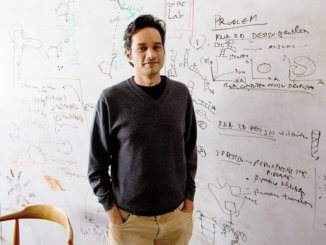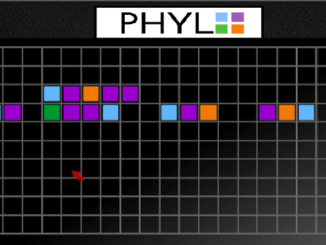
This editorial was written by Thomas A Rowles for BMC Biochemistry – See page 4 for more details
http://bmcbiochem.biomedcentral.com/articles/10.1186/1471-2091-14-26
Introduction
What constitutes a scientist, and do you have to be a professional researcher to perform science?
These are questions that have unwittingly been asked in recent years by a number of crowd-sourcing initiatives, and none more so than one of the most recent: Eterna [1]. Following in the footsteps of Foldit [2], Eterna is an online puzzle game that is helping to forward our knowledge of how the primary sequence of RNA molecules determines their structure. Indeed, not only is Eterna doing a job that one would have thought would be restricted to highly-trained scientific researchers and complexly coded algorithms, but it also seems to be doing it better.
How does Eterna work?
Before we proceed, we would encourage readers to go to the Eterna website, as this will provide a further understanding of the game than we are able to give here. However, to summarise: At the beginning of a typical Eterna round, players are presented with a string of adenine residues and a target conformation. They are then challenged to form the string into the target simply by changing adenines to other nucleotides and thereby taking advantage of the interactions between them. It sounds simple, but it’s not long before you have to start taking account of how the placement of a particular nucleotide will affect its neighbour, as well as the effects of the orientation of each pair. In preparing this article we have only played through some of the simpler levels of the game, but even there the sense of achievement at coaxing a string into the target shape is palpable, and at this level the game hasn’t even played its trump card. Achieve 10,000 points and you earn the right to submit sequences to be synthesised in the laboratory. The developers then feedback on the accuracy of solutions. Further, at 20,000 points the players earn the right to design their own puzzles.
Why would the developers go to the trouble of synthesising the designs of players though? Surely the game, though an entertaining diversion, doesn’t warrant this? Well, as alluded to above, game players are discovering previously unknown rules about how the primary sequence of RNA dictates its structure. In fact, players quickly began to outperform algorithms that had been specially designed by experts for the task, and the rules that they have discovered are now being incorporated into the next generation of algorithms. Does this mean that the term ‘player’ is no longer appropriate for those who have attained this level? Should we really be starting to refer to them as scientists? In order to investigate this, we were very interested in talking to some of the players to explore their motivation, and what they thought the future of this type of this research might be. We were kindly provided with the email addresses of several of the top game players by the developers of Eterna, and sent them a number of questions related to their experience with the game. An exploration of the responses received is presented below.


